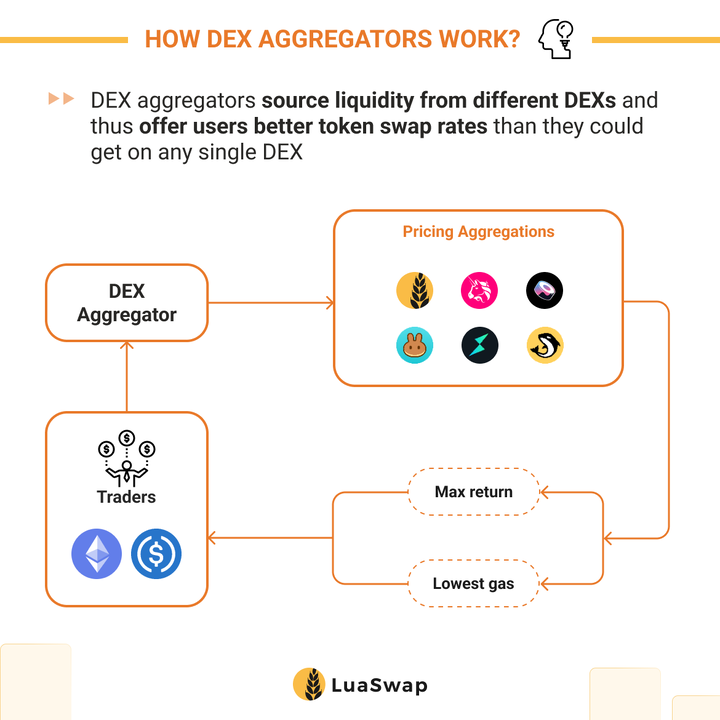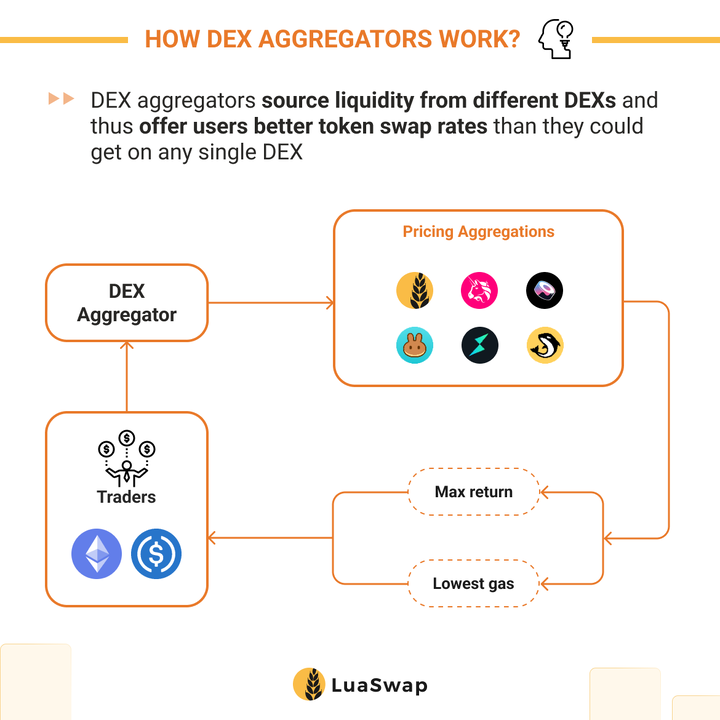
How Do DEXs Work?
As mentioned, DEXs use smart contracts to automate the process of executing trades and managing liquidity. Here’s a deeper breakdown:
- Automated Market Makers (AMMs): DEXs like Uniswap, PancakeSwap, and SushiSwap use AMMs to determine the price of assets in a pool, based on the amount of liquidity in that pool. When users swap tokens, the price shifts based on supply and demand, without an order book.
- Liquidity Pools: Users provide liquidity by depositing two or more tokens into a pool. In return, they receive liquidity pool (LP) tokens that represent their share in the pool. These LP tokens can be staked or redeemed for the original tokens along with any earned fees.
- Yield Farming: Users can earn additional rewards (often in the form of governance tokens) by staking their LP tokens in yield farming programs.
- Slippage: In DEXs, slippage occurs when the price of a token changes between the time a trade is initiated and completed, due to market movements.
- No Custodians: Unlike centralized exchanges, DEXs do not hold your funds. Instead, you retain control of your assets through your wallet, reducing the risk of hacks and theft at the exchange level.

Leave a Reply